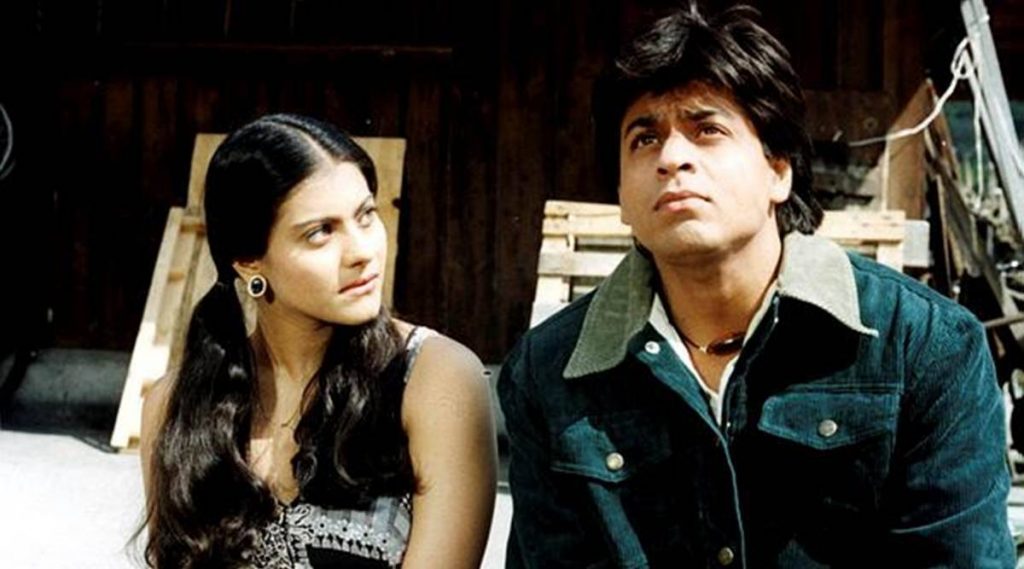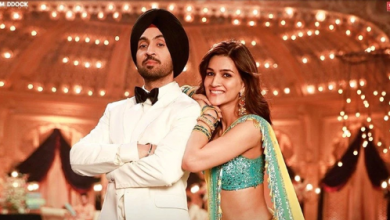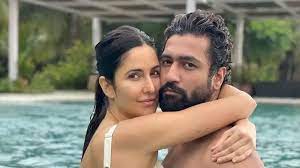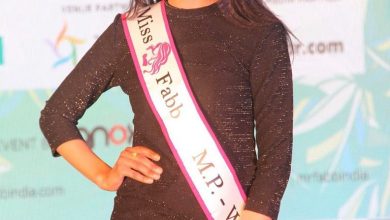Dilwale Dulhania Le Jayenge at 25: Still glossy, still romantic but out of sync with times
Dilwale Dulhania Le Jayenge has withstood the test of time, with many viewers going back to rewatch it, and its love story is still fresh but also anachronistic and out of sync with contemporary realities, say some.
Packaging soft-focus romance within a rigid frame of patriarchy, the Dilwale Dulhania Le Jayenge love story unfolded in grassy Swiss meadows and Punjab’s mustard fields 25 years ago and went on to become a cult classic that combined desi sensibilities with NRI sensitivities.
The film, one of India’s most successful, put Shah Rukh Khan and Kajol right up there as among Bollywood’s most popular onscreen pairs down the decades. It has withstood the test of time, with many viewers going back to rewatch it, and its love story is still fresh but also anachronistic and out of sync with contemporary realities, say some.

The Raj-Simran romance drama – not about lovers who dare all but more about conformists who love each other desperately and will get married only with their parents’ concurrence – released on October 20, 1995.
And India woke up to romance DDLJ style, where the boy and girl, both London bred but ‘Indian’ at heart, barely hold hands, quite unlike the bolder, franker portrayal of relationships in Hindi cinema today.
The film centres around Raj, the carefree, rich boy who falls in love with Simran, the dutiful daughter getting ready to marry a man she has never met, in Europe. They live out the teen dream of holidaying in the continent but Simran returns home to London and then to a village in Punjab where her father has arranged a match for her. Lovelorn Raj follows her there but resolves not to marry her till her strict father approves.
“DDLJ” is all about large-hearted non-resident Indian desis and their Indianness, shot in breathtaking locations with a soundtrack by Jatin-Lalit and Anand Bakshi to suit every mood and dialogues that went on to become even more popular in the digital age.
Twenty-five years later, audiences still watch the film at Mumbai’s Maratha Mandir – till COVID-19 struck in March this year – but the views are as diverse as the first half of the film in London and Alpine locales from the second in a rambunctious family in a Punjab village.
According to senior film critic Saibal Chatterjee, the movie inaugurated “the era of the designer film made for NRIs”.
DDLJ marked the directorial debut of Aditya Chopra, son of veteran filmmaker Yash Chopra, known as the King of Romance in Hindi cinema. The 1995 film, also starring the late Amrish Puri, Farida Jalal and Anupam Kher, released at a time when India had opened up to liberalisation.
Prema Maharish, 84, remembers going to see the film in a Mathura hall and remembers the dialogues verbatim. Her particular favourite is the stern father letting go off Simran’s hand in the climax with these words, “Ja Simran Ja. Jee le apni zindagi. (Go Simran, go live your life).” And the young woman, having finally got her father’s permission, runs towards the train picking up pace as it pulls out of the platform to hold Raj’s extended hand.
“There is romance and hope in not knowing it. The woman has been set free and maybe she will have a brighter future. That’s what Hindi cinema is about, it’s about hope, not reality.”






